"It just might be that in a society where information is abundant, thinking habits are more important than knowledge. Somewhere beneath wisdom and above the “things” a student knows.
Laws of economics say that scarcity increases value. It’s no longer information that’s scarce, but rather meaningful response to that information. Thought.
And thought has a source–a complex set of processes, background knowledge, and schema that we can, as educators think of as cognitive habits. And if they’re habits, well, that means they’re probably something we can practice at, doesn’t it?"



 Your new post is loading...
Your new post is loading...


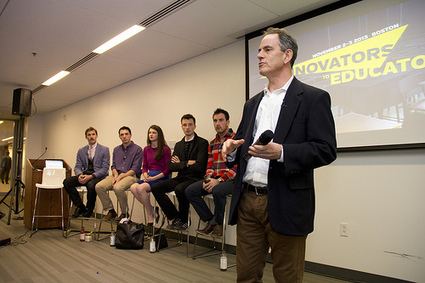





![The Internet May Not Be Doing Our Brains Much Good [Video] | Eclectic Technology | Scoop.it](https://img.scoop.it/QKpk_NmpOe4X88PIkk608Dl72eJkfbmt4t8yenImKBVvK0kTmF0xjctABnaLJIm9)



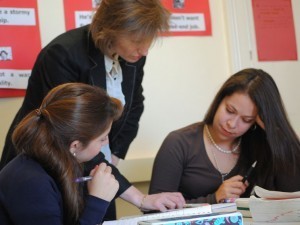




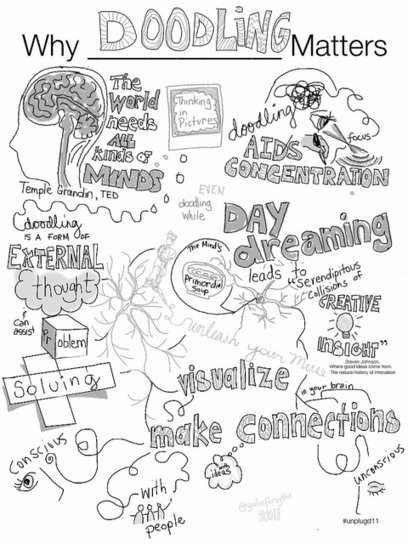


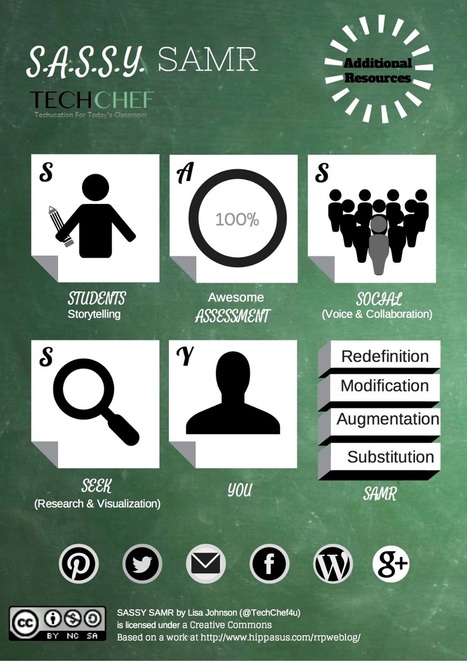








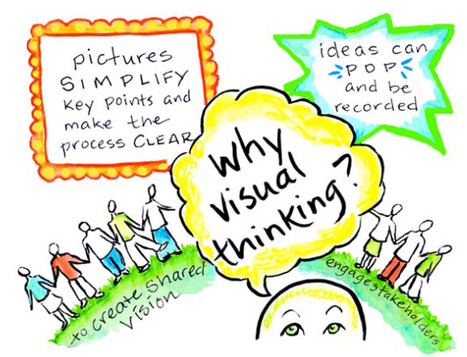





We want our students to demonstrate that they know how to think, to understand that they have the ability to ask questions and find answers, answers that may not be available through Google (esp. if we are asking them to research). In short, we want them to use metacognitive skills.
But how do we teach them these skils? The image above, from teachthought, provides 15 questions that may help students create the habits that students need to learn. Below are three of the questions. Click through to the post for the entire list, as well as some great discussion.
* Is this idea important to me? To others? Why or why not?
* Is there a “part” of this new idea I can take and “pivot”? Create something new and fresh?
* What real-world models–examples–relate to this that can help me understand this further?
Consider posting these questions in your classroom and using them when appropriate with students.